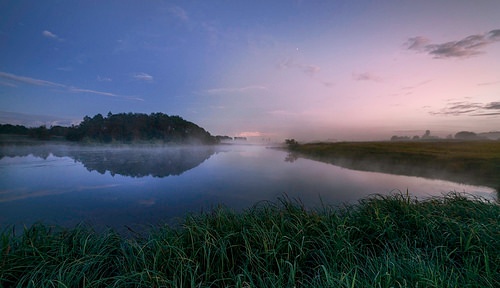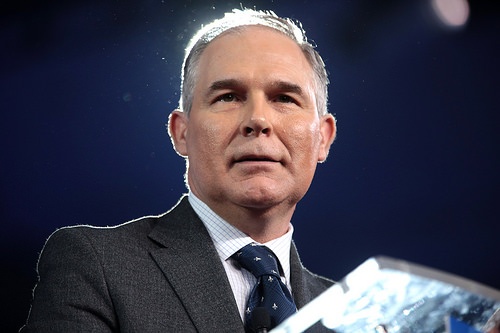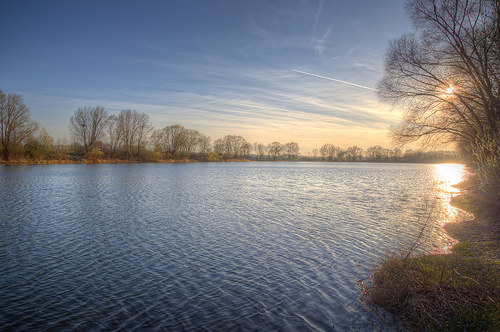In October 2016, EPA produced a White Paper announcing the “urgent need” for revisions, describing key issues and possible revisions, and projecting to propose extensive LCR revisions during 2017. However, since President Trump assumed office, EPA’s priorities are shifting and its resources are being reduced (for example, I wrote about EPA’s Back-to-Basics Agenda here). Most recently, EPA’s formal agency-wide regulatory agenda now postpones the issuance of a Notice of Proposed Rulemaking (NPRM) until January 2018 and a final rule until June 2019. While we await action, it’s worth considering how PWSs can reduce lead exposures, particularly since building owners and employers might consider improvements to plumbing and fixtures that could improve workplace water quality.
What Does LCR Require?
The LCR divides PWSs into three groups based on the numbers of customers served, and assigns tailored responsibilities for testing, corrosion control, source water treatment, and pipe replacement. The three groups are:
Read More




